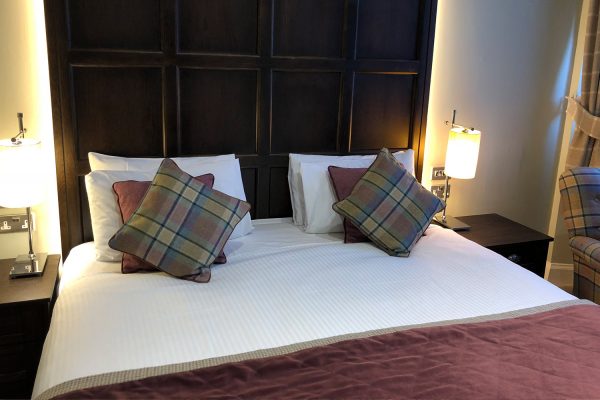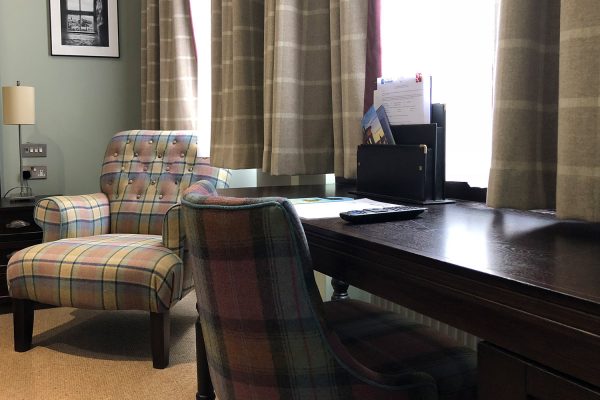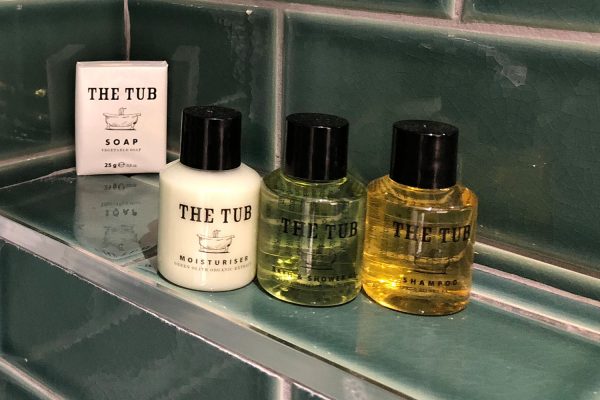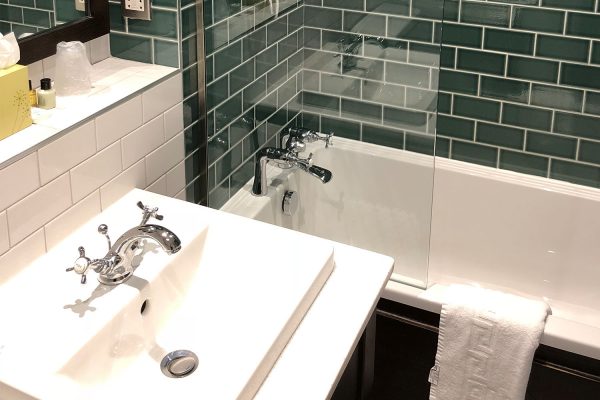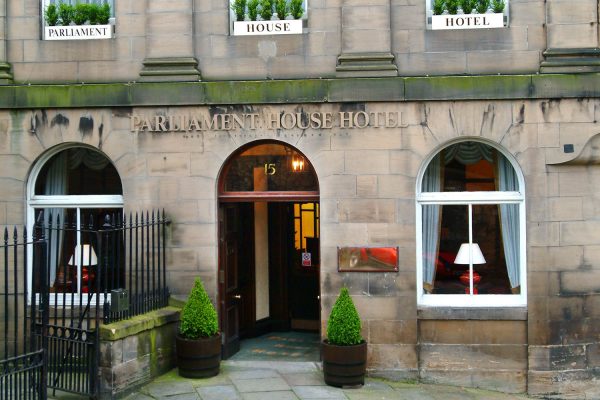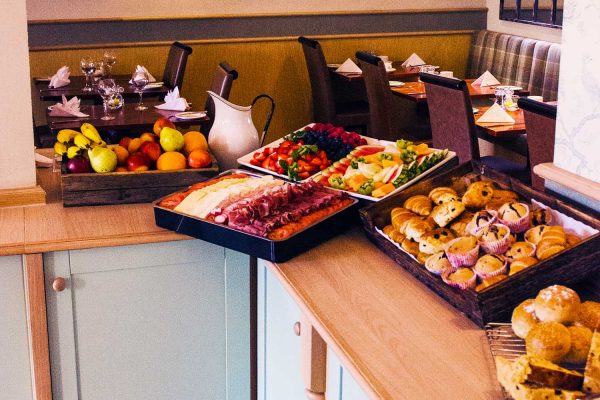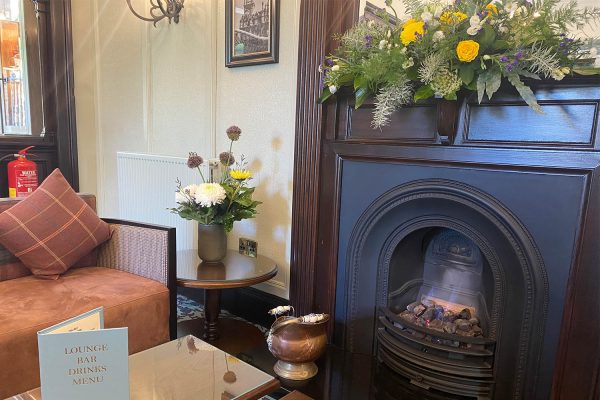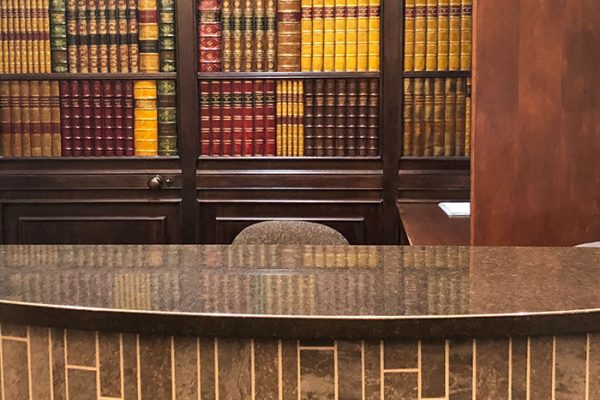Top Outlander locations in and around Edinburgh
Our top 10 Edinburgh Outlander locations
Are you an Outlander fan? Then you’re going to love Edinburgh! Wandering these old cobbled streets, you might feel like you’ve fallen back in time yourself, just as Claire did in the romantic time-travel series. There are plenty of places in and around Edinburgh that are either mentioned in the Outlander books or used as filming locations for the TV series. Here’s our top 10, all are in the city centre or within an hour’s drive.
1. Palace of Holyroodhouse
The Palace of Holyroodhouse features in the second Outlander book, when Claire and Jamie visit Bonnie Prince Charlie there. This is the official residence of the British monarch when in Scotland, located at the east end of the Royal Mile. You can visit the palace and take a tour of this grand and historic building, its ancient abbey and beautiful grounds. Visitor information.
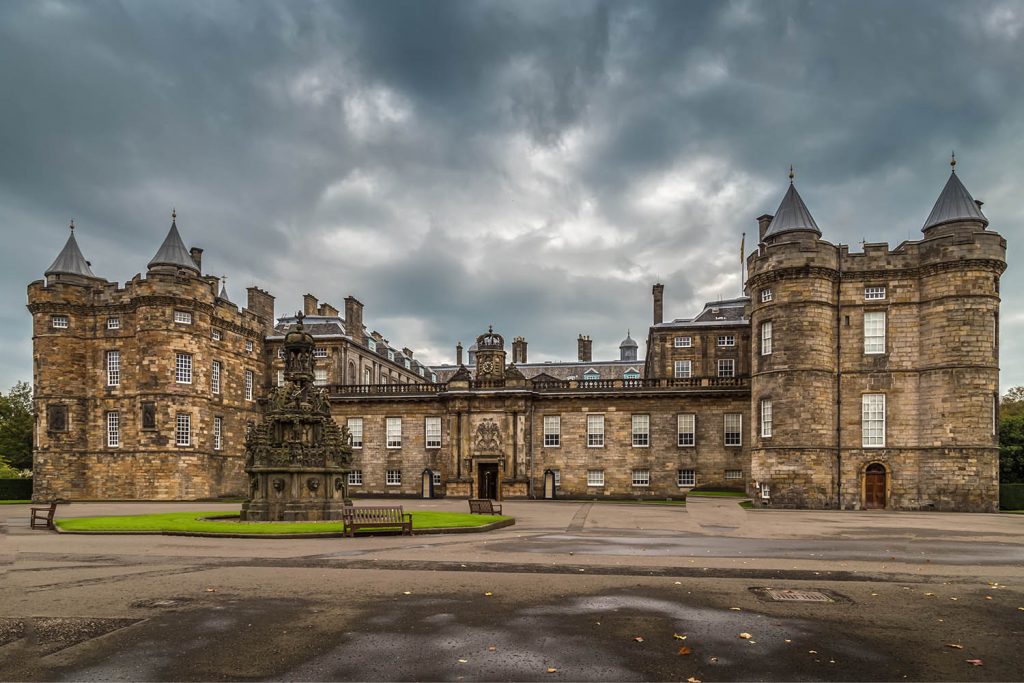
2. The World’s End Pub
This pub gets a mention in the third Outlander novel, when Jamie has to go there to rescue a drunken Mr Willoughby. It’s located at the end of the Royal Mile, close to the old boundaries of the city, hence the name The World’s End. The pub dates from the 16th century and is still going strong today. Pop in there for a drink and a hearty meal.
3. Tweeddale Court
Featuring as an 18th-century street in series 3 of Outlander, Tweeddale Court is a small close or alley off the Royal Mile, just beside The World’s End pub.

4. Bakehouse Close
Another close just off the Royal Mile, Bakehouse Close becomes Carfax Close in the Outlander TV series, where Alexander Malcolm’s print shop is set. This is where Jamie and Claire were reunited in series 3, after twenty years apart.
5. Signet Library
The magnificent Signet Library, beside St Giles’ Cathedral on the Royal Mile, was used as a filming location in series 3 of Outlander. The interior actually doubled as the Governor’s mansion in Jamaica! This was once a law society library and is now a luxury events venue, where you can enjoy a very grand afternoon tea experience.
6. Summerhall
Summerhall is an old university building for veterinary study in Edinburgh. Its anatomy lecture theatre appeared as Claire’s classroom at medical school in Boston, for the third series of Outlander. The building is now an arts and entertainment venue, which hosts a programme of festivals and events throughout the year.
7. Craigmillar Castle
Three miles south of Edinburgh city centre, Craigmillar Castle became Ardsmuir Prison in the Outlander TV series. These well-preserved castle ruins are open to visitors and you can explore the many nooks and crannies. Highlights include the original tower house, which you can climb to the top. Visitor information.
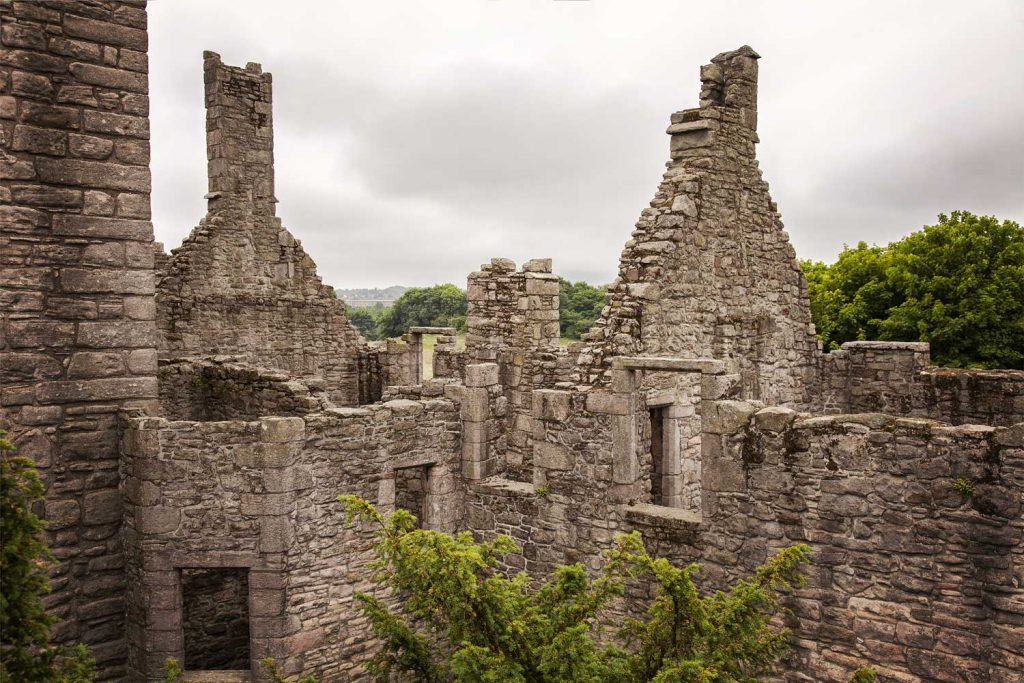
8. Newhailes House
Around a 20-minute drive southwest of the city centre, stands Newhailes House. This huge Scottish mansion stood in for Governor Tryon’s house in North Carolina in series 4 of Outlander. You can visit the estate, house and gardens to learn about its history. Visitor information.
9. Hopetoun House
Hopetoun House is a large country house and estate in South Queensferry, 10 miles northwest of Edinburgh, which has set the scene for many of Claire and Jamie’s adventures. It is open to the public in the summer season for tours of the house and grounds. Visitor information.
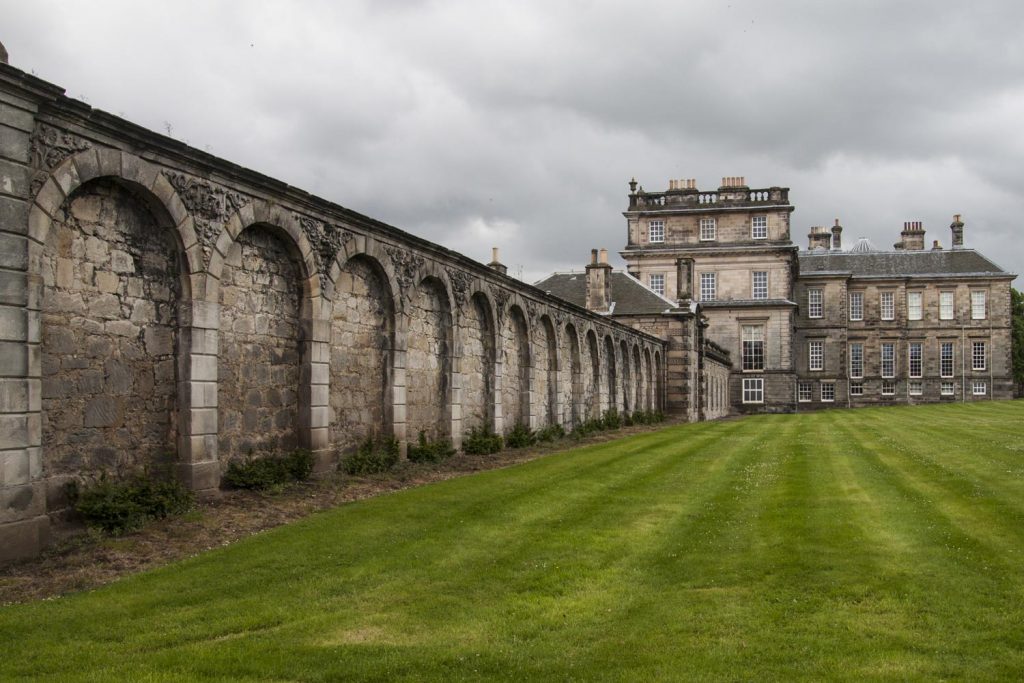
10. Midhope Castle
And finally, within the grouds of the Hopetoun Estate, Midhope Castle is better known as Lallybroch, Jamie’s family home. The castle is derelict on the inside, but you can walk around the exterior and discover its history here. You must book in advance for access. Visitor information.
We hope you enjoy exploring these Outlander locations in and around Edinburgh. If you’re looking for comfortable accommodation for your visit, take a look at our historic hotel. Our building dates from the 1760s and has lots of interesting features and quirks, with ornate interiors reflecting the classical style of the Georgian era.


